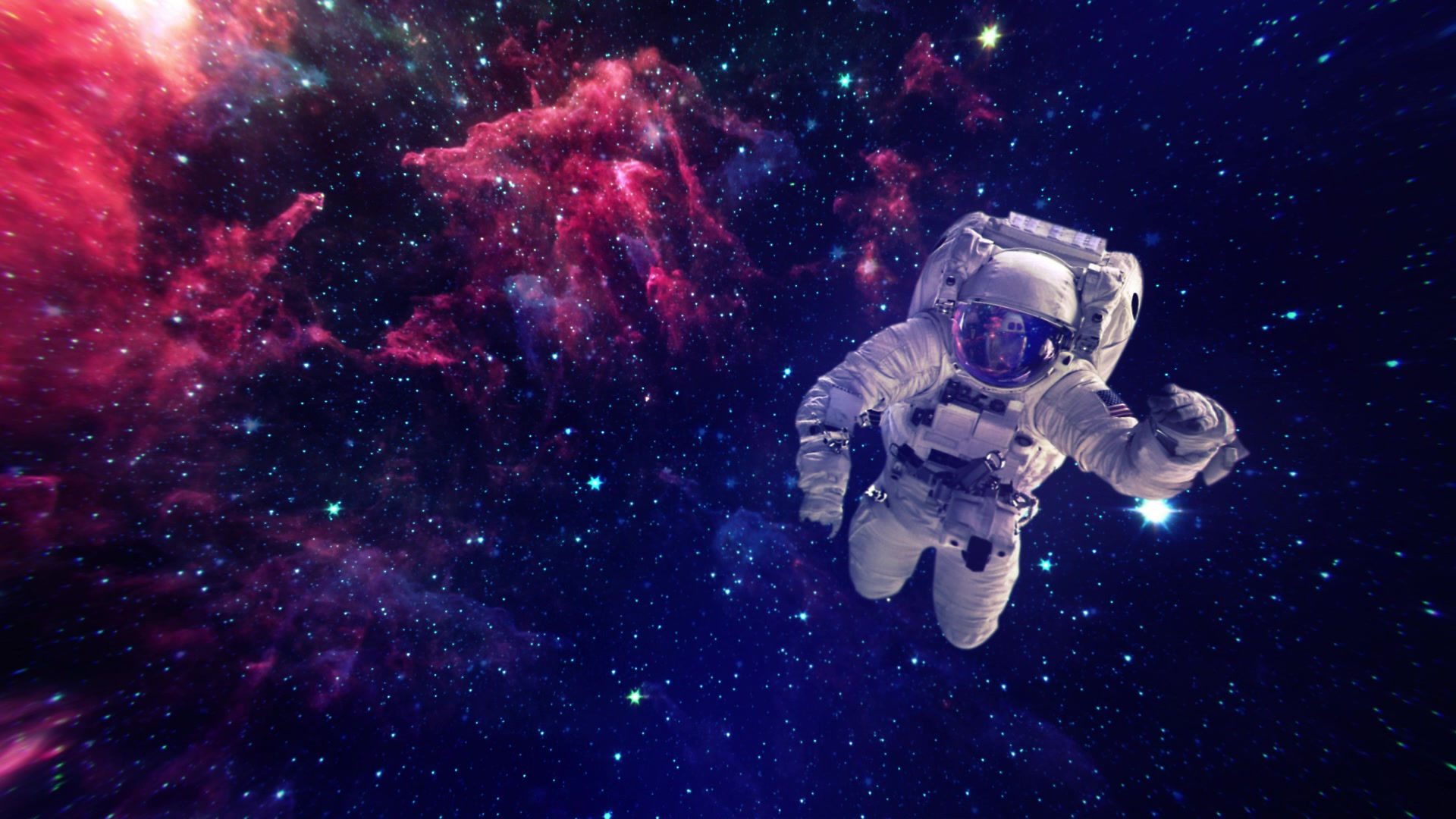The Milky Way Project: Bubbles and Yellowballs
- C. R. Kerton et.al
- Jul 17, 2015
- 2 min read
This article was all about explaining just what yellowballs really were. The article defines them as, “… a mix of compact star-forming regions, including ultra-compact and compact H II regions. From my understanding of the article, yellowballs are not stars, but a collection of star forming regions. Basically meaning that it is a collection of star-creating gas that, well, creates stars! They appeared yellow to the human eye, so they were dubbed yellowballs. The writers of the article hope that future studies of yellowballs will help improve their understanding how star forming regions turn into these massive bubbles. In all, 928 bubbles were identified. All by Citizen Science Ambassadors, (regular people).
The article “The Milky Way Project First Data Release: a bubblier Galactic disc” analyzes the effectiveness of the Milky Way Project’s bubble catalog. Specifically, the data from this article is used to determine how useful the bubble catalog would be to gain information about triggered star formation. This is done by looking at the data about bubble location, size, and angle. For example, some bubbles in the Milky Way are located within other bubbles. Some bubbles are located along the edge of others. This may provide some insight about the formation of nearby stars. Initially, however, it was found that it was difficult to gain sufficient data merely with a small number of experts collecting the data. Through the MWP and the creation of the bubble catalog, numerous volunteers were able to analyze the same data. As a result, a larger sample of the identification of bubbles in the Milky Way were identified. Throughout the article, many of the results of using the MWP bubble catalog are presented, showing a large collection of data. Because of this, it has become easier to analyze the properties of bubbles in space and their relationship with triggered star formation.
The region in which stars are born is called the H II regions and these researchers find that about 67% of these massive young stellar objects (MYSO’s) are associated with these regions and bubbles. In their conclusion, they observe that the thickest bubbles in the Milky Way project data have stars forming around them within 2 radii of the bubble. 67% of stars form within 2 radii of the bubbles and roughly 22% of those stars form within 0.8 – 1.6 radii of them.




Comments